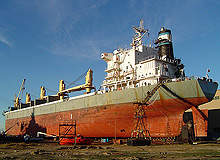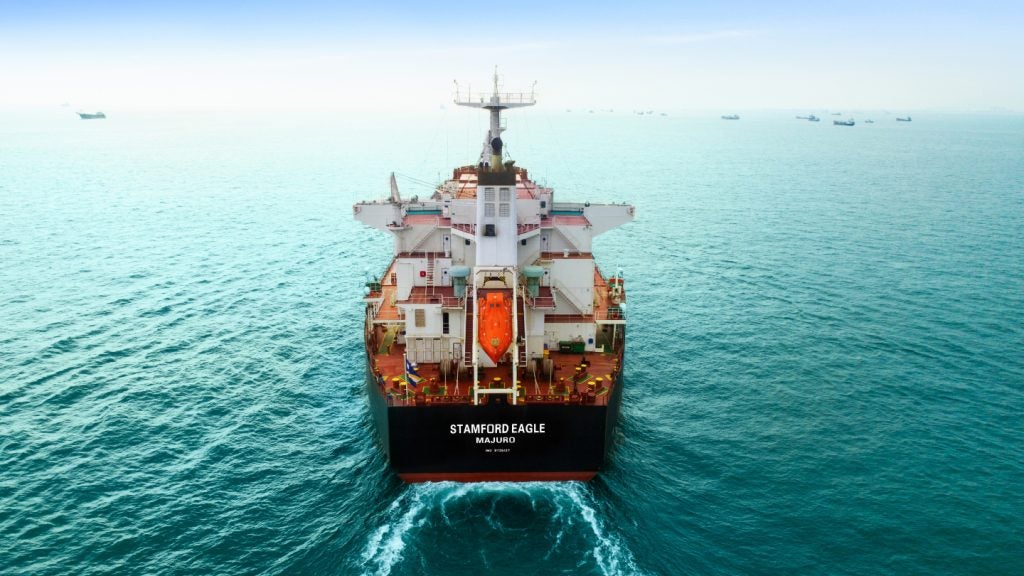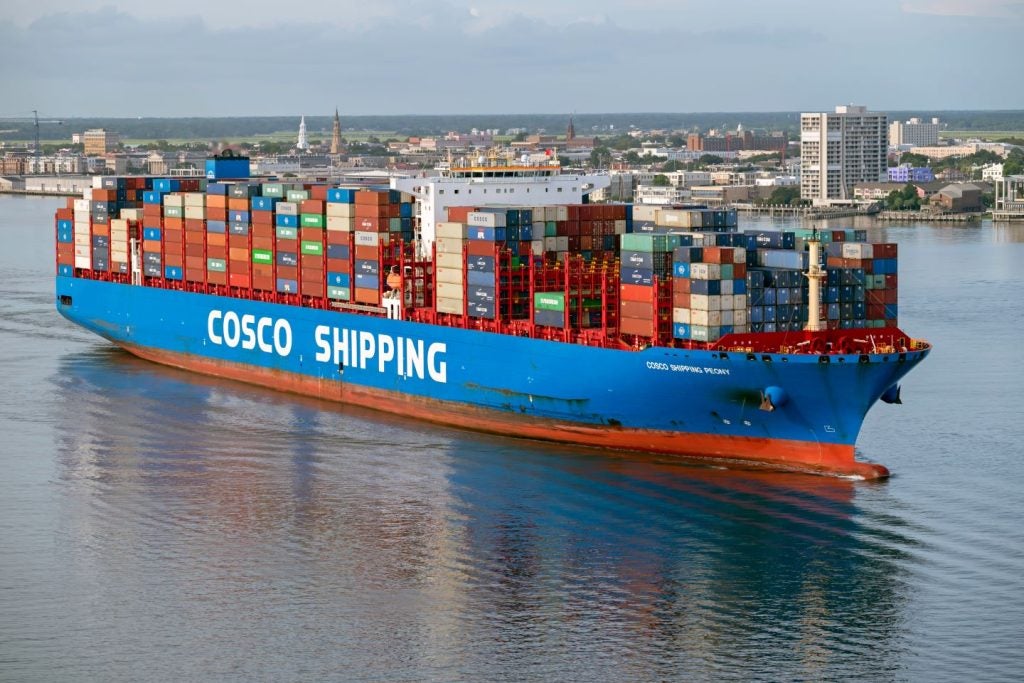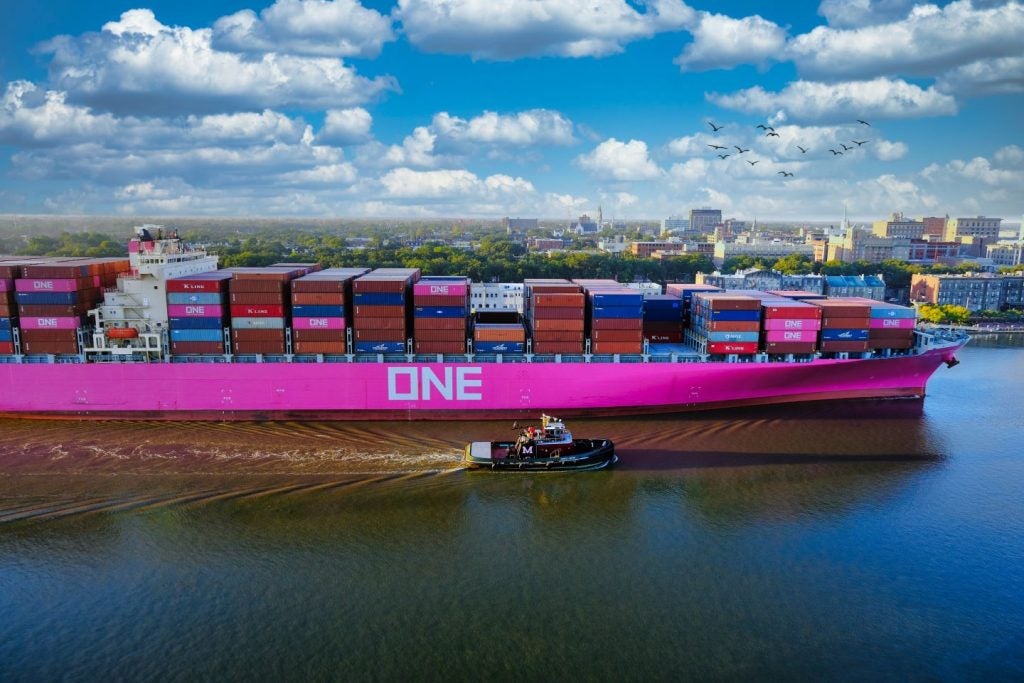
ROVs are small, submersible vehicles connected to a remote control unit above the surface via a tethered umbilical cable. An onboard camera allows a single operator, or ‘pilot’, to inspect hull conditions underwater or conduct cleaning operations by steering the ROV’s movements.
There are several integral design considerations to take into account when it comes to ROVs carrying out underwater hull inspections, repairs and/or cleaning, such as the vehicle’s cost, it’s visual inspection capabilities, manoeuvrability and (especially in cleaning or anti-fouling operations) the ability to deal with irregularly shaped structures, such as the ship’s propellers and propeller shafts. There is also the obvious need to ensure the vehicle’s entire system remains watertight.
A history of submersible ROVs
Twelve years ago, two possibilities were put forward for cleaning ship hulls: ROVs, or a large installation similar to a car wash that would operate like a floating dock, cleaning the hull by moving a series of brushes beneath and along the ship.
According to a 1999 Technology Publishing Company (TPC) report on ways to combat marine fouling, ROVs first and foremost offer mobility and flexibility.
This is in stark contrast to the latter machine, which would be deployed permanently in areas with heavy shipping traffic; as the report puts it: “The ROV is a flexible system able to operate more or less anywhere.”
The vehicles are able to employ various hull cleaning brush systems, which can be water-powered or function on hydraulics.
How well do you really know your competitors?
Access the most comprehensive Company Profiles on the market, powered by GlobalData. Save hours of research. Gain competitive edge.

Thank you!
Your download email will arrive shortly
Not ready to buy yet? Download a free sample
We are confident about the unique quality of our Company Profiles. However, we want you to make the most beneficial decision for your business, so we offer a free sample that you can download by submitting the below form
By GlobalDataROVs were already being used in marine industries for a variety of applications at the turn of the century. An important part of ship hull maintenance is inspecting the thickness of underwater hull coatings, and a 1998 paper on ROVs by the Naval Surface Warfare Center (NSWC) highlighted the savings that could be garnered from their use in underwater inspections.
Diverse ROV applications
“To avoid dry-docking or to pre-plan the docking work, it is desirable to perform a comprehensive underwater survey of the hull prior to entering the dry dock,” the NSWC paper said.
“A remotely operated vehicle (ROV) can be used to deploy underwater sensors and thereby obtain automated readings of the hull coating’s dry film thickness (DFT).”
The paper expands on the cost-effectiveness and efficiency of ROV operations by explaining that “based on this information, planners might decide to extend the lifetime of the paint system, thereby saving maintenance costs and keeping the ship available for duty.”
These findings are echoed in the TPC report, which adds that DFT readings can be used to help plan a ship’s dry-dock maintenance schedule and emphasises the single most important factor for a ship owner, when considering a hull cleaning solution, is the availability of the service: “Because of the unpredictability of diving conditions, this means the cleaning must be done by a machine that does not require a diver to operate it.”
The US Navy’s automated hull maintenance vehicle
The US Naval Sea Systems Command’s (NAVSEA’s) Underwater Ship Husbandry Division (USWH), which falls under the Navy’s Supervisor of Salvage and Diving Directorate (SUPSALV), is chartered to develop techniques, procedures and equipment to perform waterborne ship repairs.
Environmental concerns related to the paint used on the bottom of ships’ hulls, which is copper-based, caused the USWH to design the automated hull maintenance vehicle (AHMV) as an environmentally compliant hull cleaning solution.
During the cleaning process to remove marine fouling, copper and debris is discharged into the surrounding water creating an environmental hazard, so the AHMV – based on the usual ROV design – was designed to address the debris problem, as well as eliminate the need for diver operation.
After cleaning the hull, the AHMV catches the effluent produced by sucking it up to be transported back to the surface for processing.
A vacuum-sealed shroud around the AHMV ensures that particulate matter in the debris cannot escape, and a filtering system removes particles greater than 20 microns in size from the effluent.
The Navy’s AHMV also boasts both video and digital cameras, backed up by a unique 3 MHz sonar detection system in poor visibility conditions, as well as an acoustic tracking system.
Colleen O’Rourke, from NAVSEA’s office of corporate communications, reveals the US Navy has been using ROVs in unique applications to inspect and maintain ships for more than two decades. “There are various forms of inspections that ROVs can conduct to assist in the assessment and planning of maintenance,” says O’Rourke.
“One utility for an ROV is to conduct quick cursory inspections of the hull or underwater components for debris or damage. This can be done in less time than with a full team of divers and can be very economical.”
O’Rourke points out that using unmanned ROVs to conduct inspections in contaminated water offers the added advantage of negating the need to expose a diver to possible contamination.
As mentioned earlier, another utility of an ROV is for the precise measurement of a ship’s systems – for example its hull plate and paint coatings.
The thickness of the steel hull plate is important and must be measured periodically to ensure corrosion is not thinning the metal.
“This is performed by complex instrumentation mounted on an ROV,” explains O’Rourke, “which uses software to acquire and track measurements to efficiently survey a ship’s hull faster than a team of divers.” The NSWC paper, meanwhile, highlights a couple of these devices as “a reference cell for monitoring the cathodic protection system and an ultrasonic probe for measuring hull plate thickness.”
Divers or ROVs?
O’Rourke does add, though, that despite the fact ROVs are used when they can be safely and efficiently utilised to collect the necessary information, there are certain constraints to take into account.
This, according to O’Rourke, is why these unmanned vehicles currently have very limited applications in the underwater inspection and maintenance of US Navy ships.
While ROVs can be effectively used for initial inspections and are also very useful in providing quality assurance for hull cleaning operations, she says that because the breadth of the inspection results is restricted to the narrow view of the ROV’s camera system, and the aptitude of the ROV pilot, “the role of highly-trained, skilled divers will not be replaced by ROVs”.







